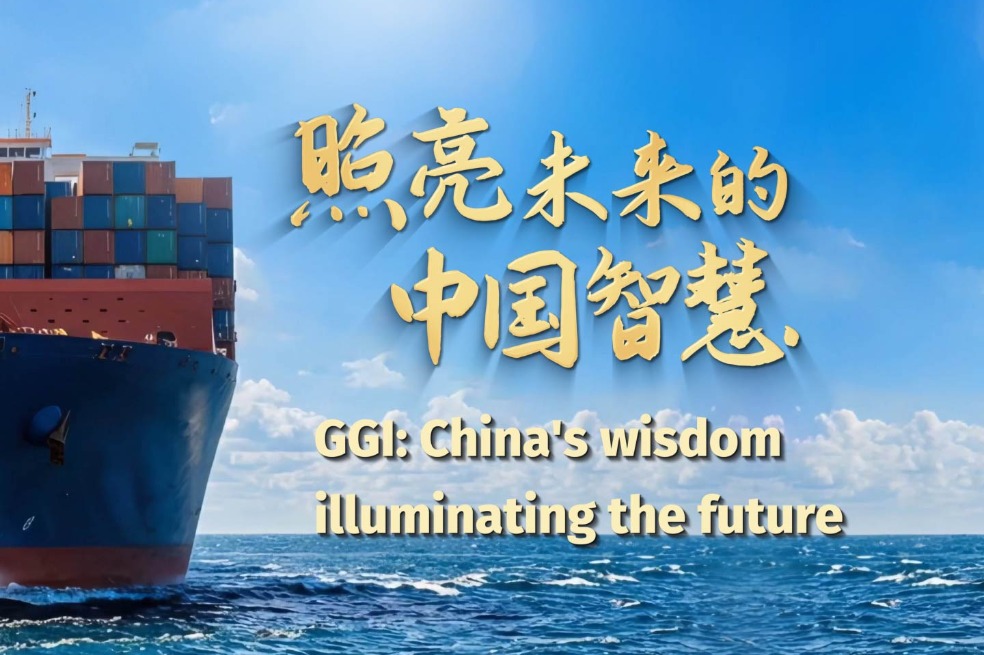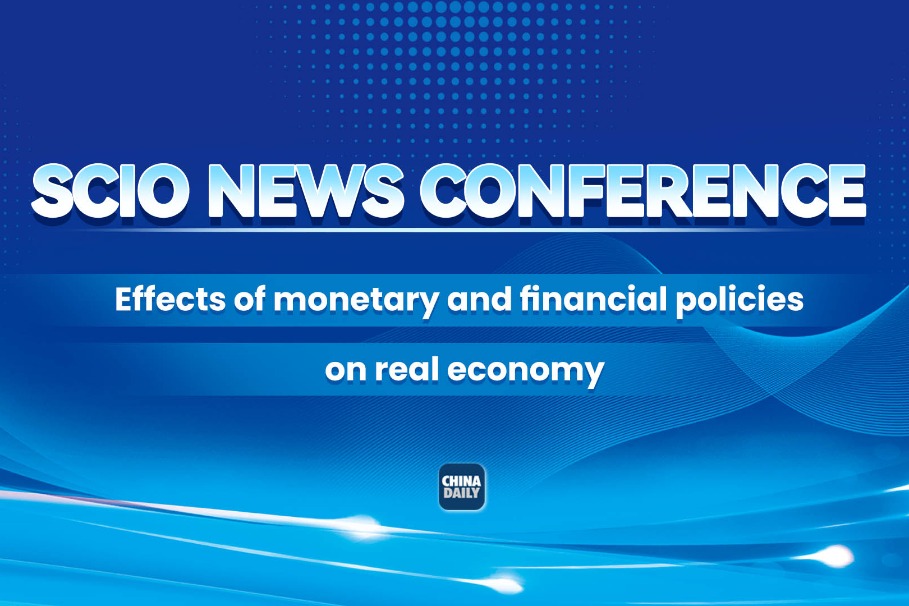Global growth the victim of trade frictions


Before the G20 Summit in Buenos Aires, Trump had threatened to impose tariffs on an additional $267 billion of Chinese goods. He had also indicated he would raise the existing tariff rate on $250 billion of Chinese imports from 10 percent to 25 percent on Jan 1.
After Buenos Aires, the White House said that, after a "highly successful meeting", Trump had agreed to leave tariffs on Chinese products at a 10 percent rate after Jan 1, while China agreed to buy a substantial amount of products from the US.
The US and China agreed to put on hold new tariff increases. The White House said China has agreed to start purchasing substantial US agricultural, energy, industrial and other products from the US to reduce the trade imbalance; and that the US and China agreed to try to reach an agreement on several trade issues "within the next 90 days".
The first impression is that the Xi-Trump meeting may have achieved a critical truce, de-escalation of tensions, and possibly a path toward a long-term compromise.
Recently, the World Trade Outlook Indicator of the World Trade Organization suggested that trade growth is likely to slow further into the fourth quarter of 2018 and below-trend trade growth in the coming months. Since the onset of Trump's tariff wars in the spring, elevated uncertainty has haunted the global economy.
According to WTO, merchandise trade volume growth was expected to reach 4.4 percent in 2018, which is still below the 2017 level. But Trump's tariffs are likely to further weaken the outlook. According to the United Nations, global investment flows were projected to resume growth in 2017 and surpass $1.8 trillion in 2018. Thanks to US neo-protectionism, they fell to $1.5 trillion last year and current status quo looks gloomier.
Three scenarios illustrate the rising economic stakes of Trump's tariff wars that have rapidly expanded from a bilateral trade conflict to a potential global trade war. In July, the US and China imposed 25 percent tariffs on $34 billion of each other's imports and levies on another $16 billion of goods. In this $50 billion "muddling through" scenario, the economic impact of the tariffs would have been limited to 0.1 percent of China's GDP and 0.2 percent of the United States' GDP, respectively.
In the "America First" scenario, the stakes will quadruple to $200 billion, with soaring collateral damage. In China, it could shave off 0.4 percent of GDP; in the US, 0.8 percent of GDP.
If the stakes of the White House's tariff war were to escalate to $500 billion-Trump's pre-Buenos Aires goal-the potential collateral damage would increase tenfold from the first scenario. In this global trade frictions scenario, China's GDP could take a hit of 1 percent, but that of the US would suffer a 2 percent impact.
What impact will these trade friction scenarios have on global growth prospects?
As the global economy has passed its peak, thanks to rising interest rates and global trade tensions, each trade friction scenario implies different growth prospects.
In the "muddling through" scenario, both full trade frictions and "America First" prospects could be avoided. A good start would be a bilateral tariff truce starting in early 2019. But it is also predicated on successful bilateral diplomacy that will lead to positive prospects in the second half of 2019. In this case, global growth prospects would remain close to the baselines of the Organization for Economic Cooperation and Development and the International Monetary Fund, around 3.5 percent and 3.9 percent, possibly higher if confidence can be restored.
In the "America First" scenario, neither truce nor diplomacy would prevail. After spring 2019, continued friction would result in progressive disruptions in global economy. Global prospects would dampen as the world's GDP growth in 2019 would sink to 3 percent or below.
In the global trade friction scenario, diplomacy would fail, while "America First" escalation would spread across the world economy. Risks to global outlook would overshadow world GDP growth, which would plunge to 2-2.5 percent for years to come. That would pave the way to a 1930s-like scenario.
After Buenos Aires, the global trade frictions scenario has been temporarily suspended. Yet the "America First" scenario has not been fully reversed.
We've been there before. After the Xi-Trump Florida summit in April 2017, Washington and Beijing announced a 100-day "Action Plan" to improve strained trade ties. Yet only two weeks later, Trump issued a memorandum, which directed Commerce Secretary Wilbur Ross to investigate the effects of steel imports on national security-and that became the first shot in the bilateral trade conflicts last spring.
With the truce, the "muddling through" scenario prevails momentarily, but it can easily reverse to escalation, even a global trade war.
If the White House and the Congress fail to achieve a compromise in the US trade frictions, the complications would weaken global economic outlook for years to come.
The author is the founder of Difference Group and has served as research director of international business at the India, China and America Institute (US) and a visiting fellow at the Shanghai Institute for International Studies (China) and the EU Centre (Singapore).


































